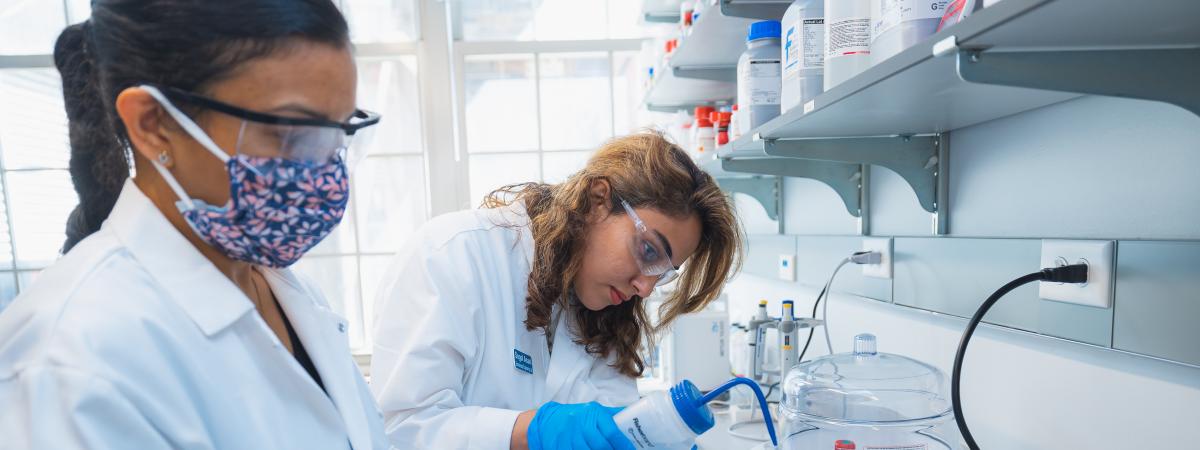Overview
The central aim of the Renner Research Group is to develop biomolecular platforms to control solid-liquid interfaces. In doing so, we are enabling a new generation of technologies with applications in resource recovery, nutrient recycling, and biomaterials.
Current Research Areas
Resource Recovery from Waste Streams
We are studying the emerging role of engineered peptides in resource recovery from waste streams. Peptides are gaining attention for use in resource recovery because they can be highly specific, are environmentally friendly, highly tunable, and have the potential for high-yield and efficient recovery.
Our group is currently investigating the the recovery of nitrogen and phosphorus by precipitation with magnesium to form a slow release fertilizer called struvite and the effects peptides can have on this process.
In addition, our lab is investigating the use of peptides in biosorption, a process that removes substances from the aqueous phase by biological materials, to recover rare earth elements (REEs).
See presentations and webinars on resource recovery of REEs, nitrogen and phosphorous
Peptide Monolayers for Controlled Biointerfaces
Peptide-modified solid surfaces have high potential to serve in tailored multi-functional monolayers because peptides are:
- easily tunable
- possess controllable, ordered secondary structures
- self-assemble into a variety of structures via different interactions
- biocompatible
Our goal is to advance the field of surface modification through a kinetic, thermodynamic, and structural understanding of how peptides assemble on solid substrates and impact surface properties.
See presentations on peptide assembled monolayers


